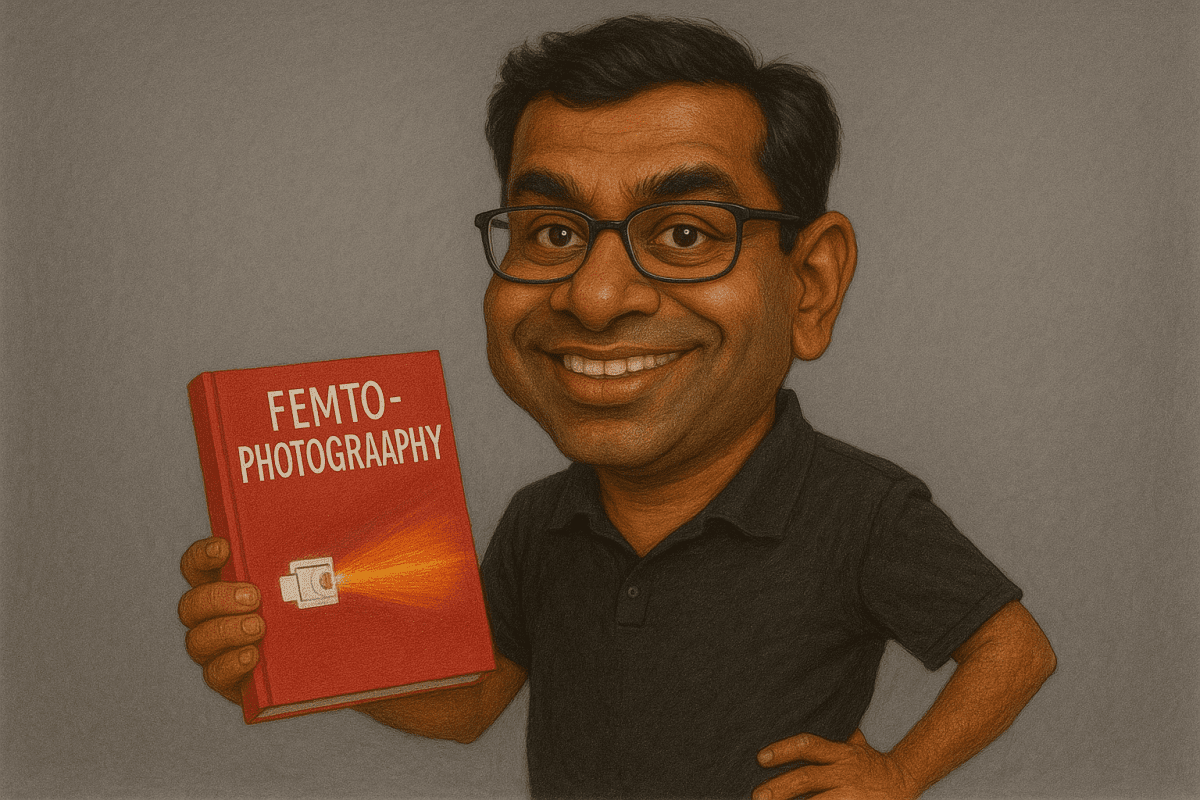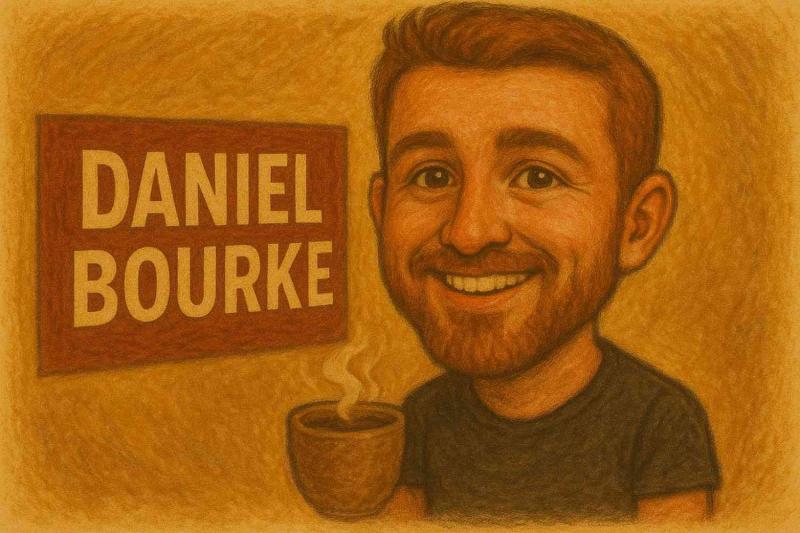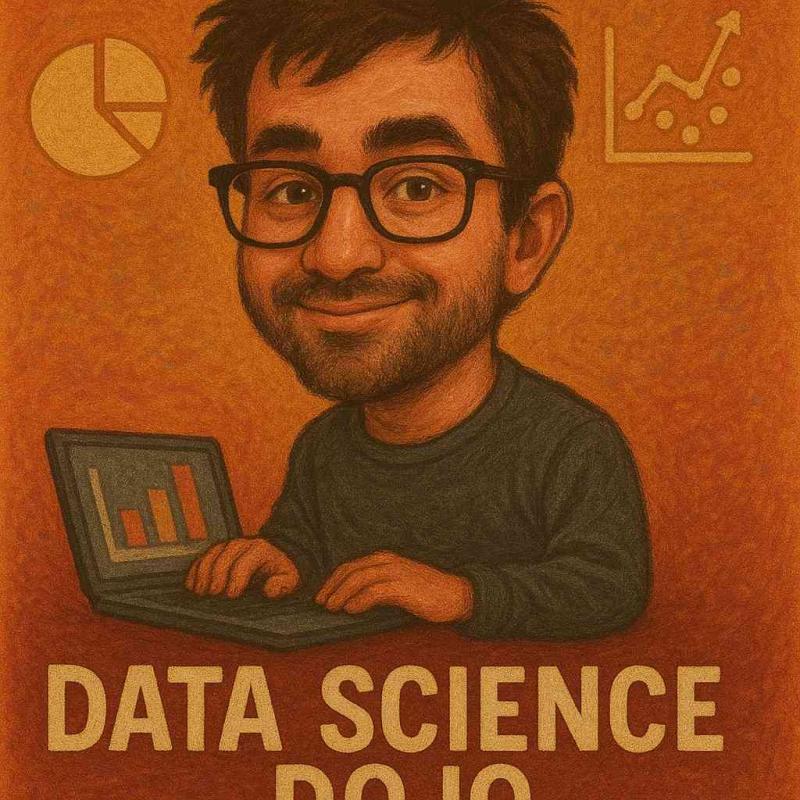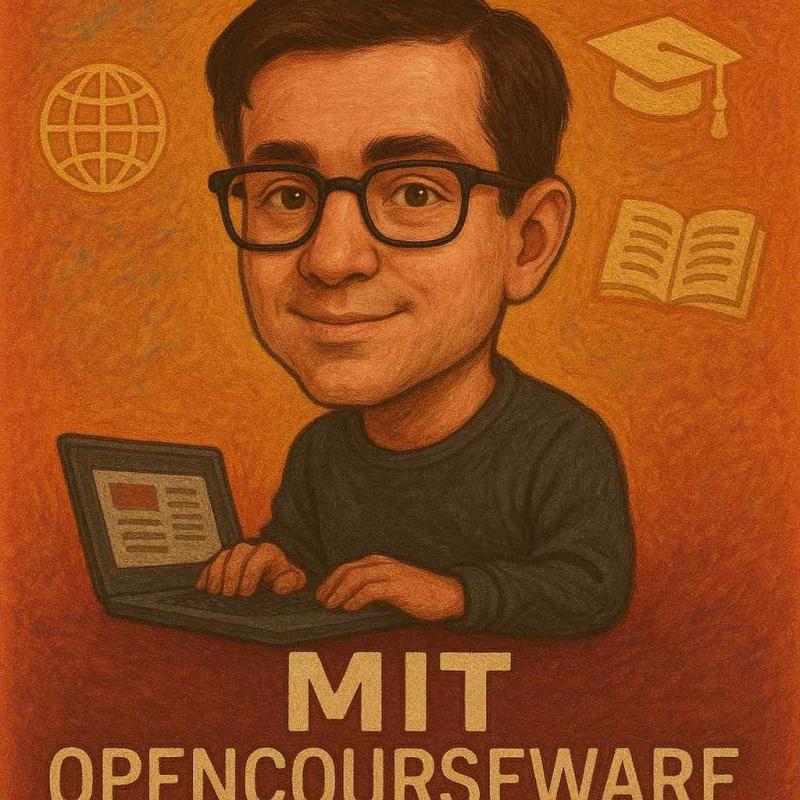Ramesh Raskar: The Mind Sparking a New Way of Seeing
Introduction
Ramesh Raskar isn’t just another name in science—he’s the spark behind a handful of “see-to-believe” breakthroughs that have changed how the world looks at optics, imaging and even healthcare. If you’re the type who thinks high-tech is only for the wealthy, Raskar’s life’s work will knock that out of focus. There’s real warmth in his mission: bend the sharpest new science to help everyday people—and often for less than the price of a fancy dinner in Mumbai.
I’ll admit, I get a bit geeked out when I see a scientist shift from gadgets in the lab to real tools for millions. Raskar doesn’t just tinker for tenure—he fights for relevance. And he doesn’t mind if his work lands in a gadget or a company or an eye clinic in a tiny town.
Scientific Achievement
If you’ve ever tried to imagine cameras fast enough to catch light itself, you’re thinking of femto-photography—and you’re thinking of Ramesh Raskar. Picture it: capturing one trillion frames per second, fast enough to watch photons move across a Coke bottle’s label.
Raskar’s journey into the scientific “ultra-fast lane” led to breakthroughs like:
- Femto-photography: Cameras that actually allow people to see the path light takes, instead of just the result. This isn’t just party-trick stuff, either; it helps us look around corners and even “see” inside living tissue without cutting it open.
- Computational Imaging: Raskar’s approach makes cameras smarter—enabling them to reconstruct lost details, correct for blur, and turn every pixel into a piece of a much bigger story. Suddenly, imaging is about what you can learn, not just what you can see on a flat screen.
If books like “Computational Imaging for Dummies” existed, they’d have a whole chapter devoted to his work. But Raskar wasn’t satisfied keeping these tricks under glass at MIT. He wanted them out where they might spark real change.
Commercial Impact
Let’s talk about vision—actual eyesight, not the “inspiring” buzzword. Raskar noticed a head-smacker: in most of the world, people struggle to get a basic eye exam, let alone afford prescription lenses. So, what did he do? He co-created tech and companies aimed at flipping that upside down:
- EyeNetra: This is more than a clever name. It’s a low-cost, smartphone-based diagnostic system that snaps onto a handset and checks your eyesight on the spot. Imagine needing only a phone and a plastic clip-on to get a reliable prescription—even in a remote village with no optometrist in sight.
- EyeCatra and EyeSelfie: Spinoffs and offshoots like these made it possible to screen for conditions like cataracts with a gadget small enough to fit in your jeans pocket.
These inventions didn’t just fill patent shelves or draw conference applause. They became real-world lifesavers. For millions in India and Africa (and now in pockets of the U.S.), EyeNetra turned the INR 40,000 drama of a hospital eye test into a INR 400 “I’ve-got-this” moment.
Raskar didn’t stop there. With a love for low-cost, high-impact solutions, he founded startups bringing these tools to market—because, frankly, the world wasn’t getting help fast enough through academics alone. The EyeNetra kit is now a staple in mobile outreach vans and clinics across continents.
And if you’re shopping for home learning kits, platforms like Udemy and Coursera now host courses on computational imaging and vision, drawing directly from Raskar’s playbook. Sometimes a field only becomes real when it’s in a kit or a classroom, right there with the textbooks.
Current Legacy
So, what’s this legacy look like in 2024? Let’s not get misty-eyed, but the achievements matter:
- The femto-photography techniques Raskar invented are now core in big-ticket research tools—used from hospitals in Chennai to high-end Hollywood studios looking for that next special effect (yes, that car commercial certainly owes a nod).
- EyeNetra and its sibling products remain affordable, scalable and—most crucially—relevant. Companies he launched still roll out new diagnostics for everything from refractive errors to glaucoma, and they’re often more reliable than the “fancy” gear seen in urban hospitals.
- Even after he could’ve kicked back, Raskar kept spending long nights puzzling out how to shrink clinic-sized science into pocket-sized tools. Someone, somewhere, gets clearer vision every few minutes because of it.
If you’re on the learning side, books like “Seeing the Unseen,” or courses in MIT’s OpenCourseWare collection, often feature hands-on experiments or homework directly inspired by his breakthroughs.
Product Placement
You can’t help but spot his impact in products like the EyeNetra diagnostic kit, EyeSelfie “snap-a-scan” tool, and even smart cameras built around his computational imaging models. If you’re more of a bookworm or a course collector, “Computational Photography: Mastering New Visual Tools” pops up on every savvy photographer’s shelf.
Raskar-style imaging also sneaks into big brands—Canon’s “ReFocus” line of computational cameras? Not a coincidence. And if you’re wondering why your new smartphone’s camera actually works in low light, that’s partly Raskar’s code at work.
Conclusion
So, to sum it up—Ramesh Raskar isn’t just the “guy behind clever cameras.” He’s the one who decided that science should flip the status quo—making top-tier vision tools just as common (and boring) as a SIM card. His work runs all the way from the pristine labs of MIT to the dustiest outposts in Uttar Pradesh.
Maybe that’s the real lesson: true innovation isn’t just about winning grants or building billion-dollar companies (though, let’s be honest, those are nice). It’s about turning big ideas into things people actually use—preferably for less than the cost of a new pair of sunglasses.
Next time you squint at your smartphone, or watch a sci-fi movie scene that seems ridiculous, remember: someone like Ramesh Raskar built the bridge between science and street level. And he’s probably thinking about an even faster camera, right now.



